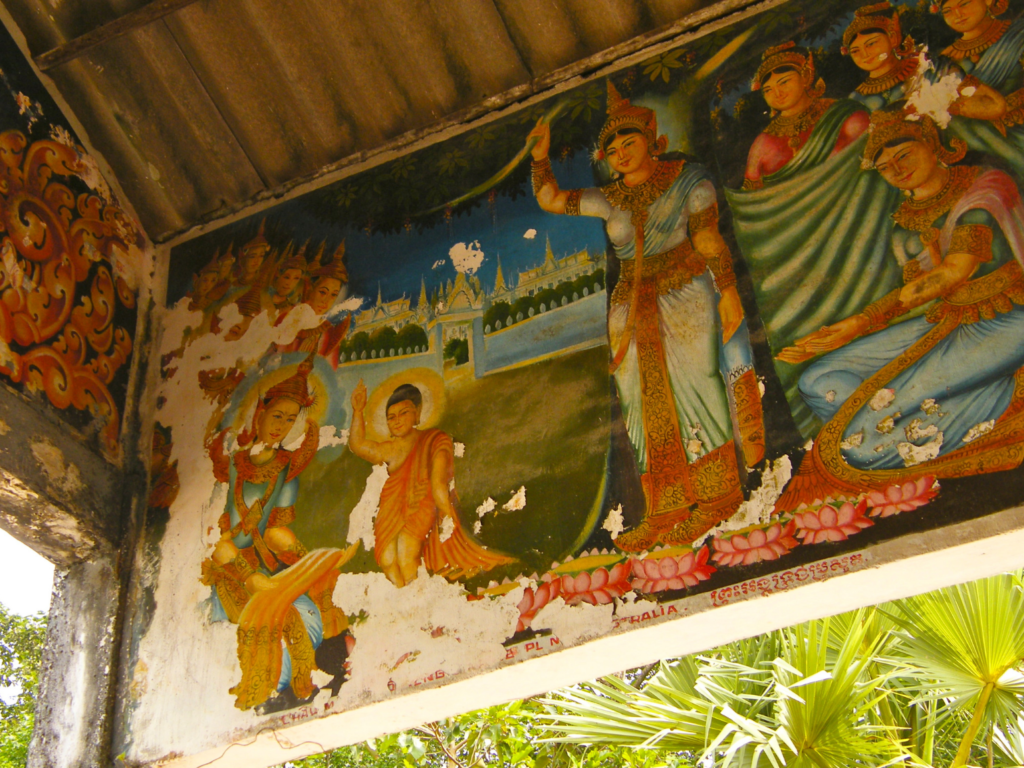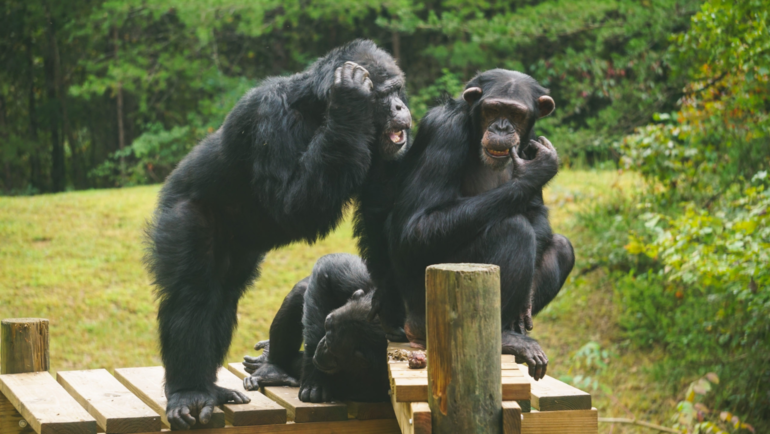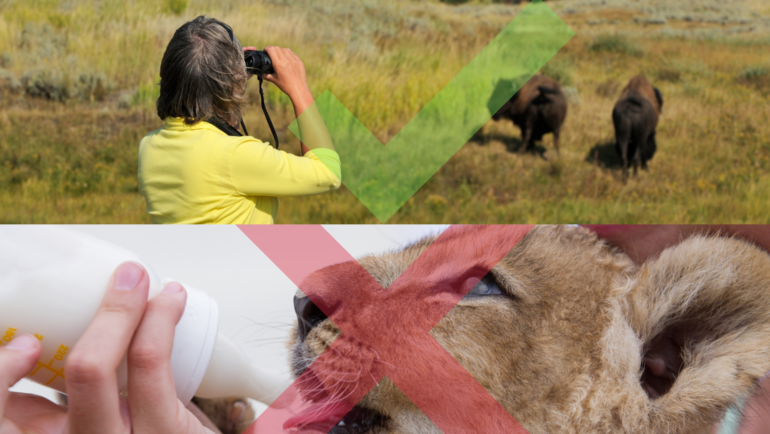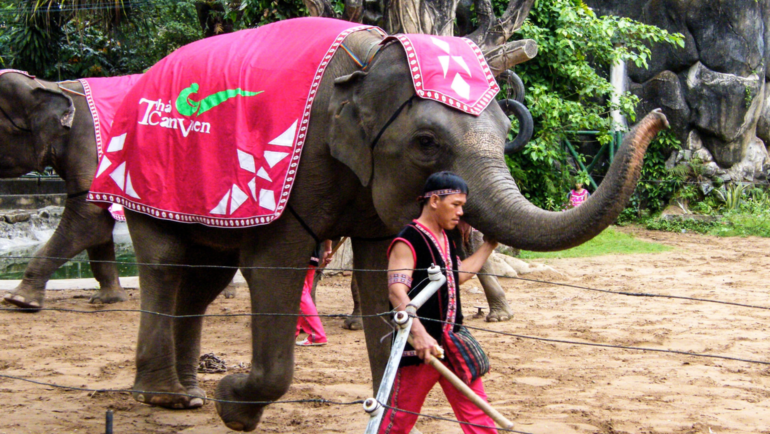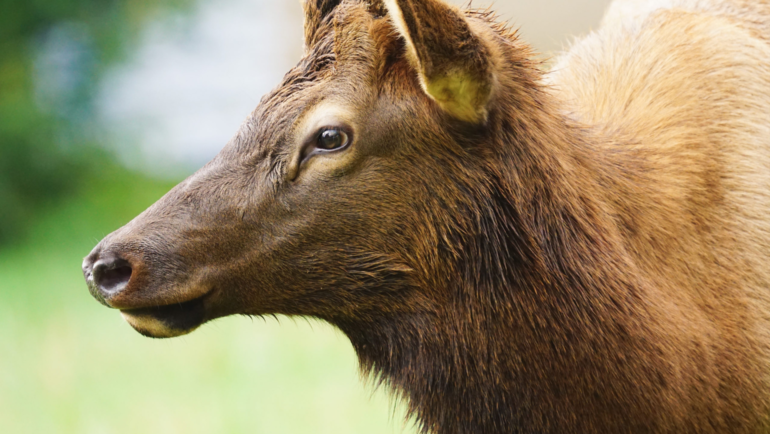At the intersection of flighted mammals and ancient traditions lies Vietnam’s remarkably alluring Mahatup Pagoda.
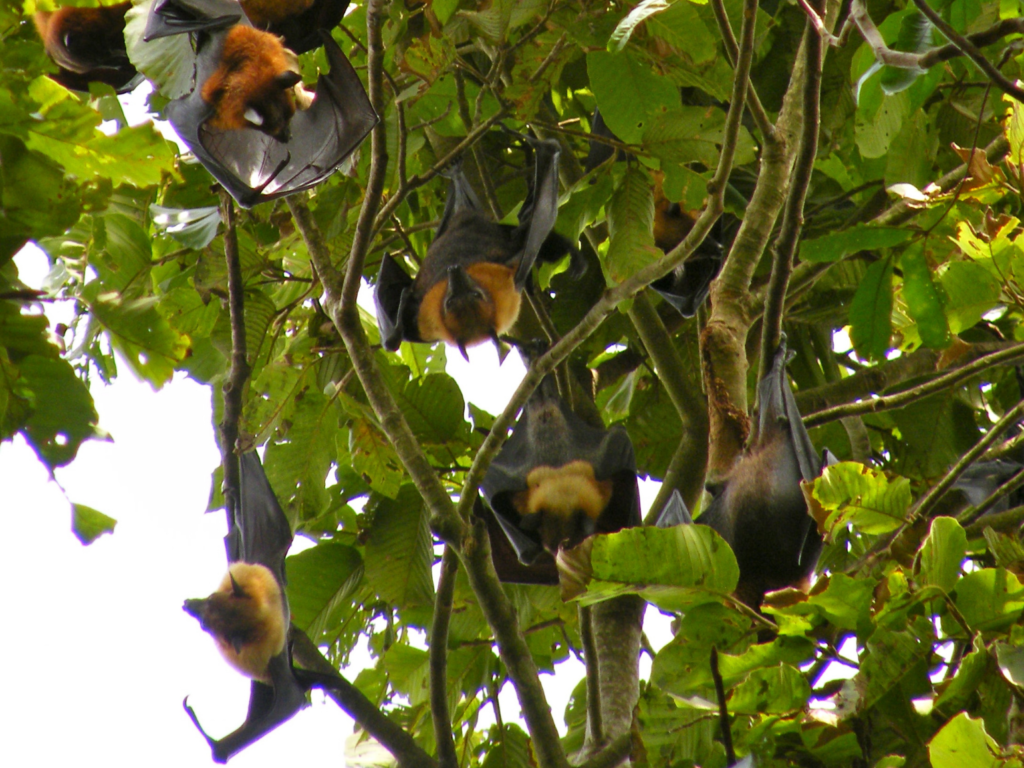
Mahatup Pagoda: sanctuary for both humans and animals
As fate would have it, this tranquil Khmer monastery has become a daytime paradise for an incredible colony of hundreds of bats. During the tropical heat of the day, this bat colony congregates to this sacred place. However, these are certainly no ordinary bats! Known as Lyle’s flying foxes, these megabats are aptly named for their foxlike face, chest of fluffy bright orange fur, and massive four-foot wingspans!
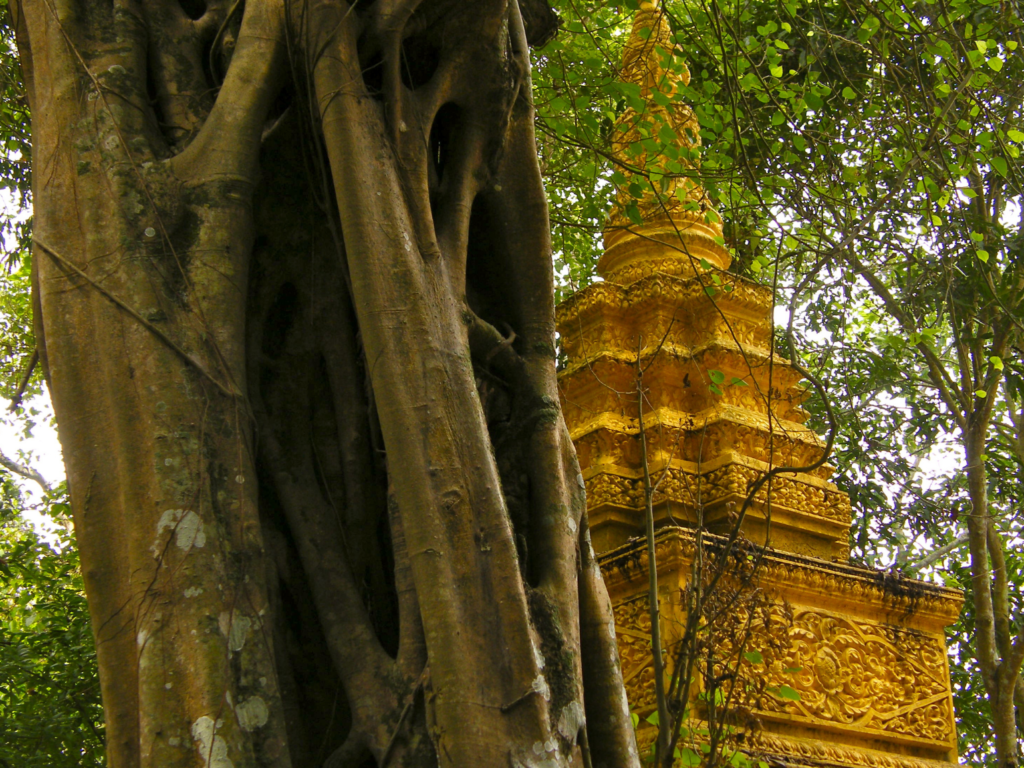
I was lucky enough to see this vulnerable species in 2013 while studying abroad in Vietnam. My studies centered on the effects of climate change in the Mekong Delta, with days spent visiting national parks, agricultural sites, and talking with locals affected by sea-level rise.
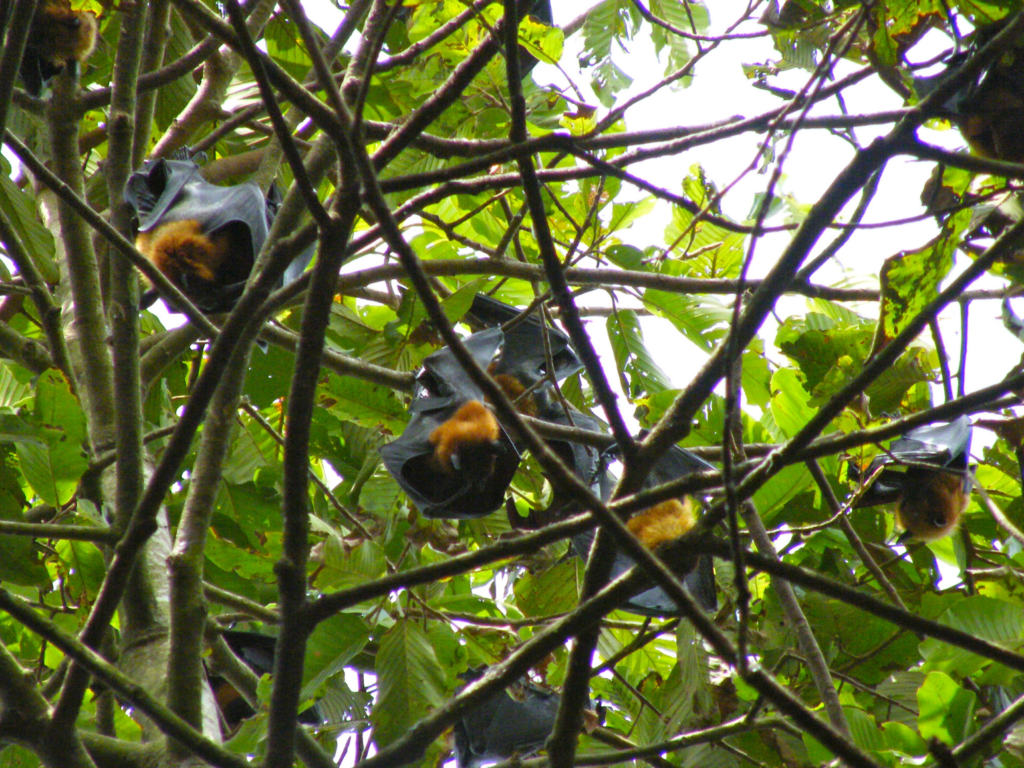
Mahatup Pagoda is an active place of worship for Buddhists, particularly from the Khmer community. As we walked the grounds, the chime from bamboo xylophones echoed throughout our experience as we slipped our shoes off and on out of respect for the sacred traditions. The immense detail in every ornate structure enveloped us in this enchanting place. This atmosphere left me stunned as we quietly walked the space, a stark contrast to the chattering and stirring of hundreds of huge bats from the canopy above.
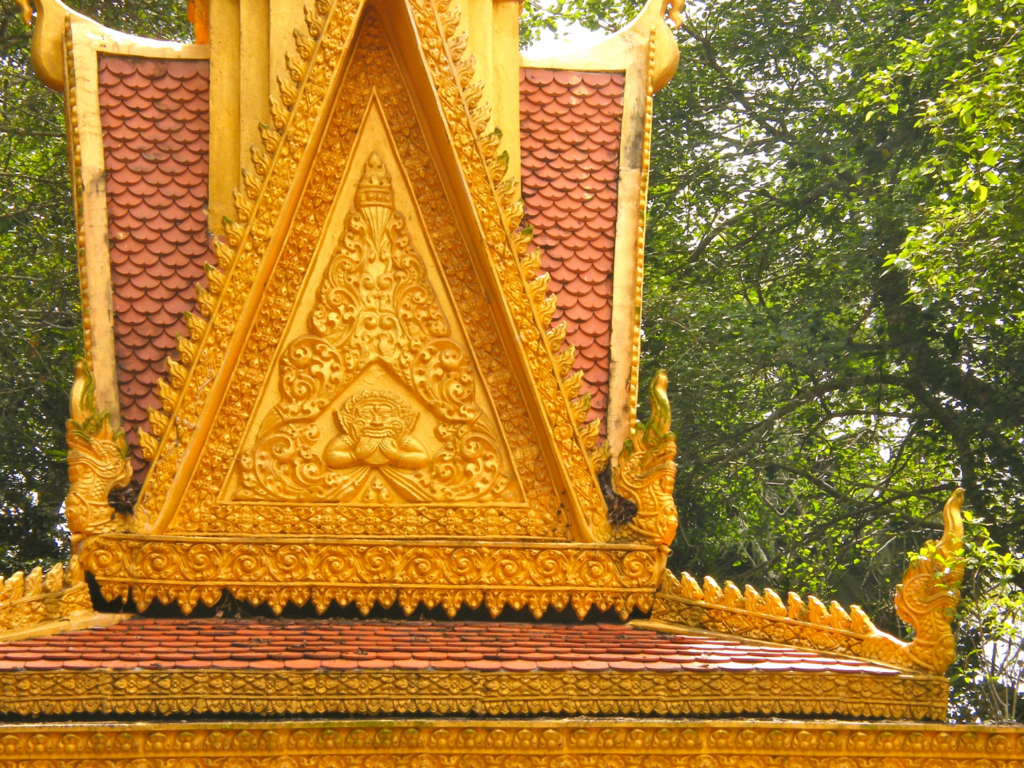
Mahatup pagoda is a prime example of unexpected places to observe wild animals. Right in the middle of the monastery grounds, the bats hang upside down from the branches of massive hopea trees. During my visit, I was delighted to just watch the colony behave as they naturally do, oblivious to the crowds of visitors doting below. Each bat was preoccupied with flapping their massive wings like fans to cool off, all while hanging from their toes. The real jaw-dropping spectacle was to see one take flight over the canopy. With wings spread wide, you could see the glow of the sun through the paper-thin membrane between each of their long bony fingers that make up their gargantuan wings. Needless to say, catching that four-foot wingspan in action left my mouth wide open in awe. But I quickly realized I was an easy target for a bat bathroom break… so I promptly closed my trap.
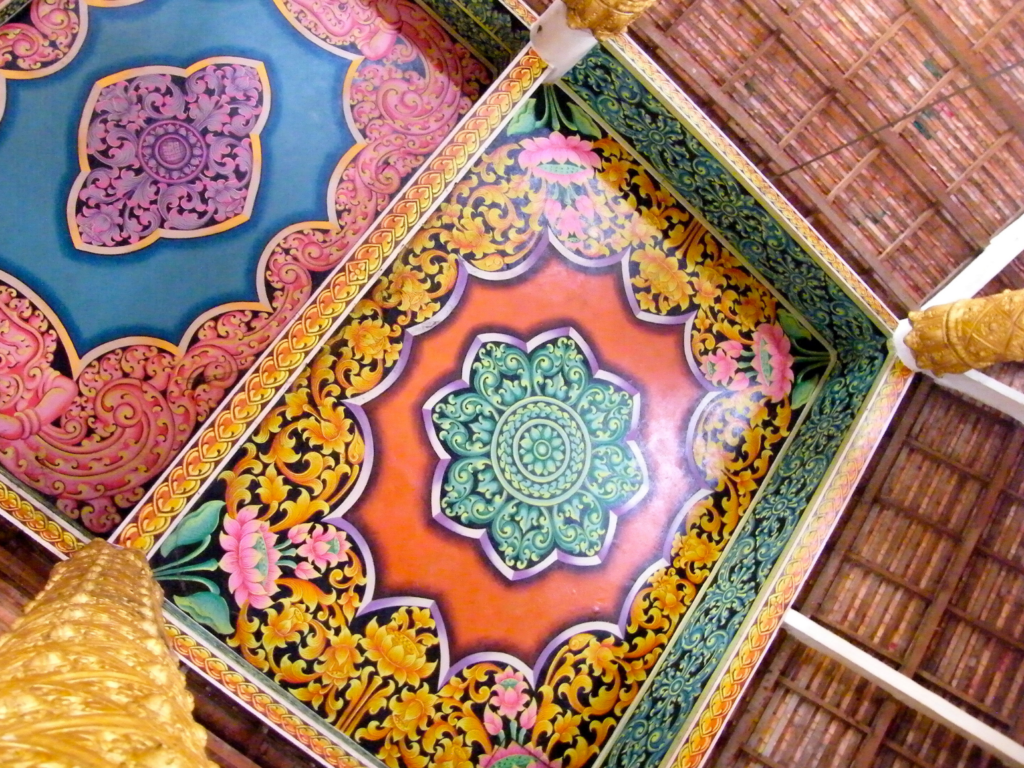
Each day around dusk the entire colony will glide into the skies and begin foraging for fruits all over the Mekong Delta. When feeding, Lyle’s flying foxes will digest the fruit seeds, resulting in their dispersal to form new forested areas. Unfortunately, the bats’ taste for ripened fruits has become part of their demise. Farmers and landowners often persecute bats over the concern of raiding orchards. This retaliation has led to the Lyle’s flying fox becoming vulnerable to extinction, leaving them with limited habitats in Thailand, Cambodia, and Southern Vietnam.
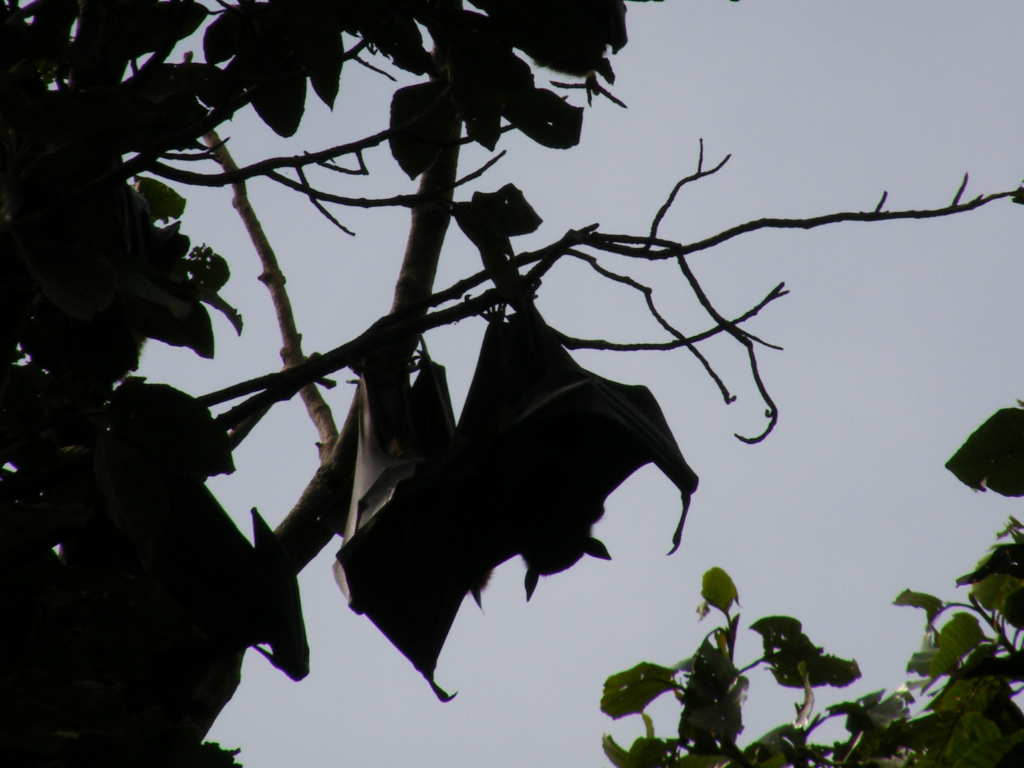
Unlike the local farms, monks residing at Mahatup Pagoda welcome the bats on the monastery grounds. In fact, they view their presence as a blessing. With such welcoming neighbors, the flying foxes have learned they can safely congregate on the leafy grounds of the Buddhist temple undisturbed and free from persecution, making Mahatup a true sanctuary for both humans and animals alike.
